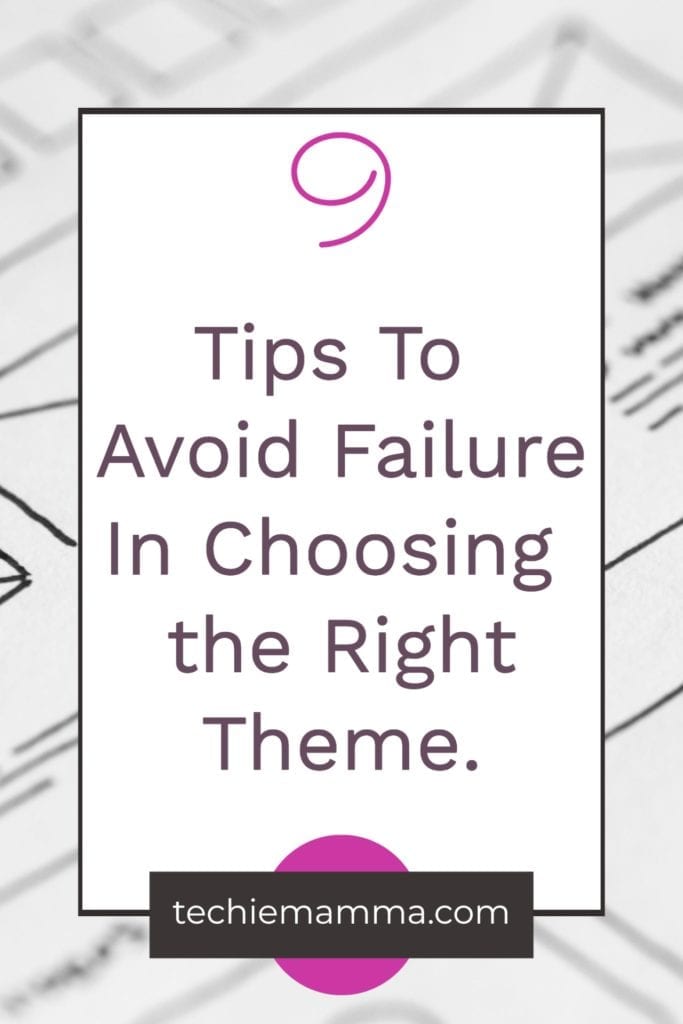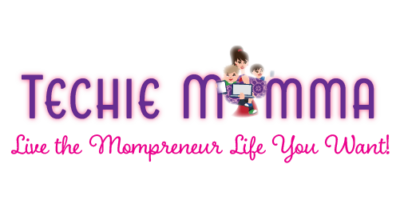
There are so many decisions when starting a blog or website. The topic, the hosting and domain, plugins, themes, the list goes on and on. The first major choice that will influence your choices in themes will be whether you go with WordPress.org or WordPress.com.
Choose From Thousands
With WordPress.com you are using Automattic’s managed systems of WordPress. There are many benefits and limitations of this that can help you decide. Which direction you go with this choice ultimately depends on the goals of your site. Your goals may change and when they do you can always switch if needed.
The platform you decide on will also determine what themes you can use. There are thousands of themes available. Part of the WordPress.com service is they choose what they think are the best themes and off them to you as part of their package. Premium paid themes like Beaver Builder and Divi will not be options. With WordPress.org everything pertaining to the site is yours and you have full control. You do have to make more decisions such as hosting and your domain but once these are set you have full control. With WordPress.org and your own hosting, you can then choose whatever theme you want. You have options from hundreds of thousands of themes. It is completely open and completely your own. With this setup, you get into more the nitty-gritty but with added benefits like having full control over your design and no additional costs and being able to monetize how you want to.
With hundreds of thousands of themes, how do you decide on the best theme for your project, website or blog? There are many things to consider.
- Can you find a theme that 100% nails the design and look that you want? Most often this is not possible but if you do go for it.
- Are you looking for a page builder that will make building more complex pages easier and more user-friendly?
- Are you someone who is willing to get into code and work with templates or do you want to accomplish everything visually?
Follow These 9 Steps
Knowing the answers to these will guide the next steps. The following are some tips to follow when looking for a theme and some things to stay away from and some recommendations of what has worked well for me.
- Look for themes that are frameworks. These themes can accomplish a lot of “look and feels” all in one theme. This means that if you decide to change things up in the future you do not have to mess with a new theme. I absolutely love the Beaver Builder theme and suite of tools and can produce significantly different layouts and designs with this theme. Another framework that works well but is significantly more technical is Genesis. If you are technical and not scared of code Genesis is my go-to theme.
- If you do not have the time or knowledge to add layout CSS or create template files look into a page builder to accomplish more complex landing page layouts without the hassle of getting another tool. Beaver Builder is a tool that I have introduced to many who have claimed to not be technical but they have been able to take off and do the complex layouts they wanted on their site.
- Do not purchase themes from large repositories like ThemeForest unless you 100% know that the theme is solid. I have had many many bad experiences with themes from ThemeForest. They look great in the demos and promise great themes but as a developer, once you start working with them they become difficult to use and you encounter things that are fairly set when you might have imagined them flexible. If you are going to buy a premium theme look into spending it for Beaver Builder and their suite of tools that have a large endorsement community.
- Choose a theme that is a framework or that is simple and flexible. The WordPress original 2019 theme is an awesome theme. It is simple but has a lot of flexibility built right in. If you are tight to pay for a premium paid theme, start with these and get flexibility right from the get-go.
- STAY AWAY from niche themes. These include weddings, photographers, e-commerce, etc. These themes sound great. Install add content and you are up and running. They are great to get you started quickly but in reality, they end up to be hard to customize and you lose a lot of flexibility if you ever want to add more to the site than just that purpose. Instead, choose ta theme that is flexible like Beaver Builder and then find the layout from a wedding site that you like and copy that layout.
- Since WordPress is all open source which means it is open for anyone to use, purchasing a paid theme is truly purchasing support for the theme. Look into the type of support you will receive when purchasing a paid theme. Is it just a support forum that you will get a response whenever or are there multiple tiers such as email and chat and a forum. Is there a community and a lot of users that might be able to help you out. Beaver Builder has a Slack channel, FB groups, as well as a support forum, email, and chat. They have a huge community and many willing to help out with issues here and there.
- Don’t be a victim to theme buyers regret. Many themes will have really good advertising and super flash previews promising so much for $60 dollars and when you download it you have the ugliest theme, with little support and little guidance on how to get that awesome demo site look alike.
- One of my biggest annoyances with themes is those that don’t play nice with the core system which is WordPress. WordPress core has a built-in area to customize everything about the theme. This is called Customizer and it is linked from the admin bar and from the Dashboard area. Many themes completely ignore that this exists and throw in a whole slew of settings in a completely different location. Instead of learning the basics of WordPress you have to learn a whole new system just for that theme. If that theme doesn’t work out you have to do it again possibly for the next theme. The theme should play super nice with the underlying structure and not override the core of WordPress.
- Choose a theme and page builder that is Gutenberg friendly. Even if you are not a Gutenberg lover, having something that works well will make sure that if you switch to Gutenberg in the future you are not left with gibberish or a site that doesn’t work. There are several page builders that work with something called shortcodes. These are small pieces of code wrapped in
[]
- that perform specific tasks. Some shortcodes for layout may look something like
[column=two]
- to make a two-column layout. When the theme or builder is disabled instead of these shortcodes disappearing they start to appear all throughout your content and look horrible. Be mindful of shortcodes and make sure you are not left with gibberish if you decide to switch gears.
My current go-to theme is Beaver Builder theme and the suite of tools. This includes three items, the theme, the builder and their themer. With this suite, I can do just about whatever layout and design you might want. It cuts down design time in half and is super flexible for whatever type of site you might be running from e-commerce to photography to blog and business. I love the large Beaver Builder community and that they support and contribute to the larger WordPress community and cause.
